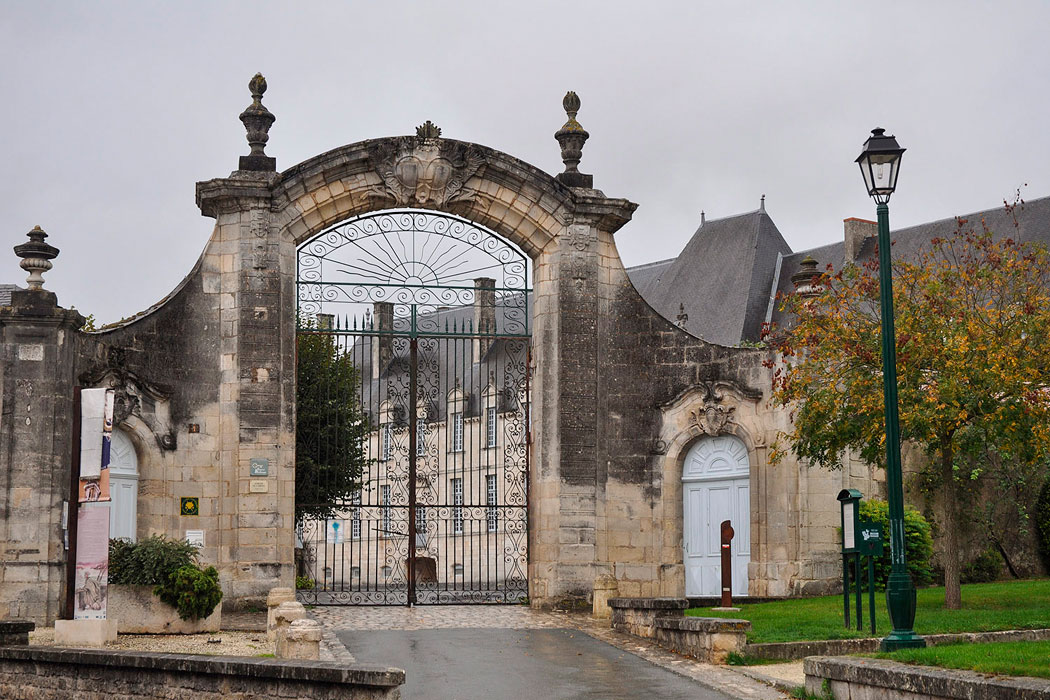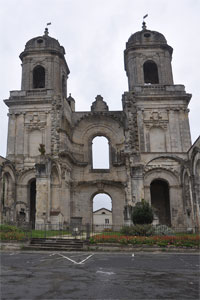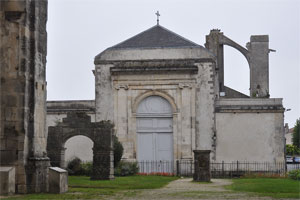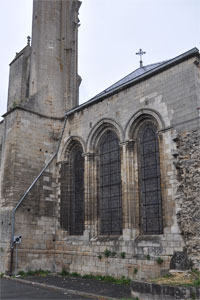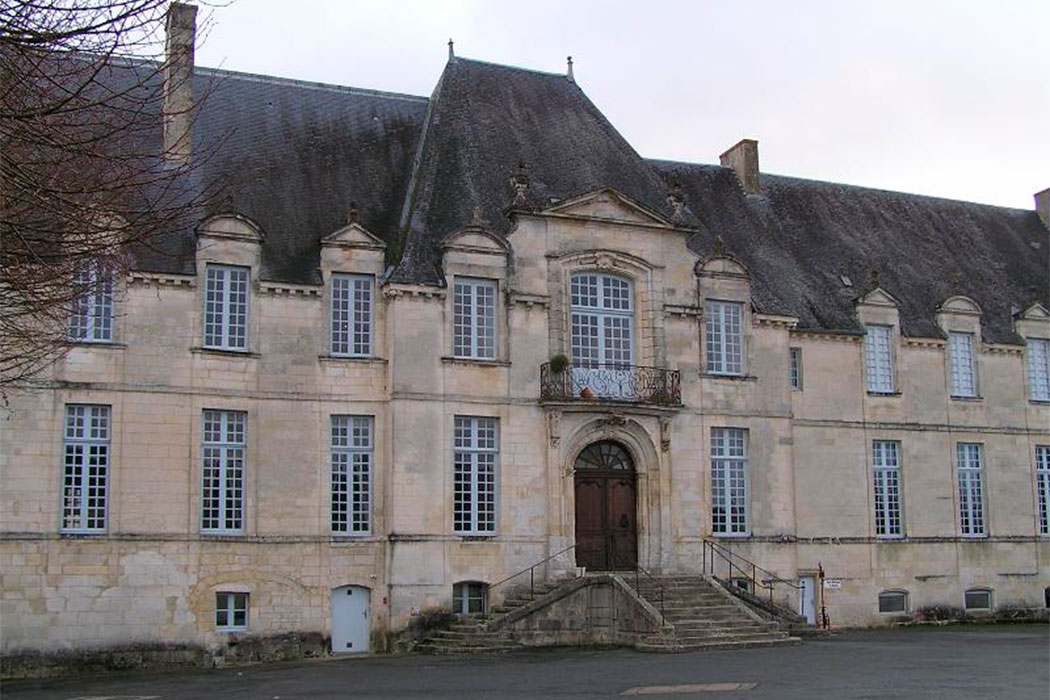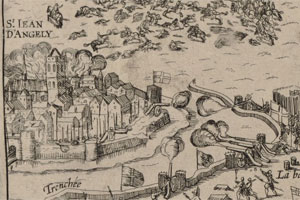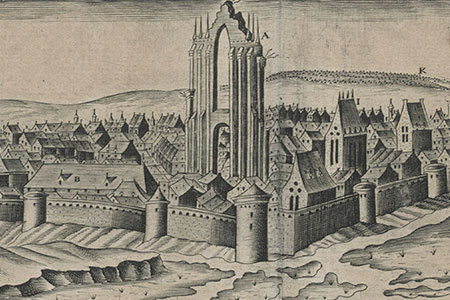Tradition holds that this abbey was founded around the year 817 by Pepin I of Aquitaine (797–838), son of Louis the Pious, on a site where the royal family had a residence. It is also said that the founder deposited the head of Saint John the Baptist there, an object of great veneration. The original abbey was likely destroyed during several Norman invasions (850, 860, and 876).
In the 10th century, monastic life was restored at the site. In 942, Louis IV of France entrusted a monk from Saint-Cyprien of Poitiers (Vienne) with the task of restoring monastic discipline. Thanks to the presence of the Baptist’s relic and strong support from the nobility, the abbey quickly became one of the most influential and powerful monasteries in the region. In 1010, it joined the Cluniac order, a connection that lasted until 1217. Several priories were dependent on the abbey, including Saint-Germain de Varaize (Charente-Maritime) and Saint-Hilaire de Melle (Deux-Sèvres), along with a number of churches.
For a time, even the major monasteries of Saint-Cybard in Angoulême and Saint-Étienne de Bassac (both in Charente) were placed under its authority. The abbey church was consecrated in 1048 and rebuilt in the following century, but this structure was later replaced by a new building begun in the 13th century. However, the Hundred Years’ War and, especially, the Wars of Religion (1562–1568) disrupted its development. The site was looted, and one of its most prized treasures—the Baptist’s relic—was lost. In 1621, the town of Saint-Jean-d’Angély was besieged, an event that also affected the monastery.
In 1623, in a state of decline, the abbey joined the Congregation of Saint-Maur, which began a new reconstruction campaign that was ultimately interrupted by the French Revolution. Today, one can see the unfinished church (Les Tours) beside the current parish church, which was restored in 1899. This building preserves some remains of the earlier Gothic church destroyed by the Huguenots, along with structures from the 18th-century abbey.

Monasticon Gallicanum
Bibliothèque nationale de France
- BEAUNIER, Dom (1910). Abbayes et prieurés de l'ancienne France. Vol. 3: Auch, Bordeaux. Abbaye de Ligugé
- GENSBEITEL, Chistian; i altres (2020). Saint-Jean-d’Angély, l’abbaye. Charente-Maritime. Monastères en Santonge. Congrès Archéologique de France, 177e session. París: Société Française d’Archéologie
- HÉLIOT, Pierre (1973). L'abbatiale de Saint-Jean-d'Angély et l'architecture gothique de l'Ouest. Annales du Midi, vol. 85
- MUSSET, Georges (1901-03). Le Cartulaire de l’Abbaye Riyale de Saint-Jean d’Angély. Archives historiques de la Saintonge et de l'Aunis, vol. 30-33
- PEIGNÉ-DELACOURT, Achille (1877). Monasticon Gallicanum. Paris: G. Chamerot
- RÉVEILLAUD, Eugène (1909). Histoire de la ville, commune et sénéchaussée de Saint-Jean-d'Angély. París: Jouve
- SAINT-MAUR, Congregació de (1720). Gallia Christiana in provincias ecclesiasticas distributa. Vol. 2. París: Typographia Regia
